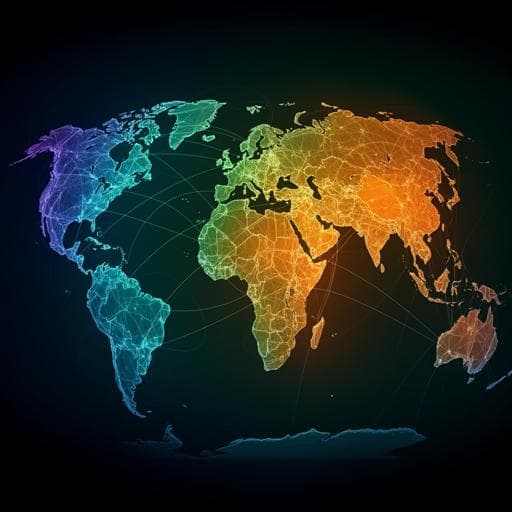
Interdisciplinary Studies
Stereotypes, disproportions, and power asymmetries in the visual portrayal of migrants in ten countries: an interdisciplinary AI-based approach
J. S. Olier and C. Spadavecchia
This interdisciplinary study by Juan Sebastian Olier and Camilla Spadavecchia explores the visual representation of migrants across ten countries using AI. It reveals the stark disparity in how asylum seekers, expats, and refugees are portrayed in media, often aligning with stereotypes. Discover the complex emotions and demographics behind these images and the colonial undertones of the 'expat vs. migrant' debate.
~3 min • Beginner • English
Related Publications
Explore these studies to deepen your understanding of the subject.







